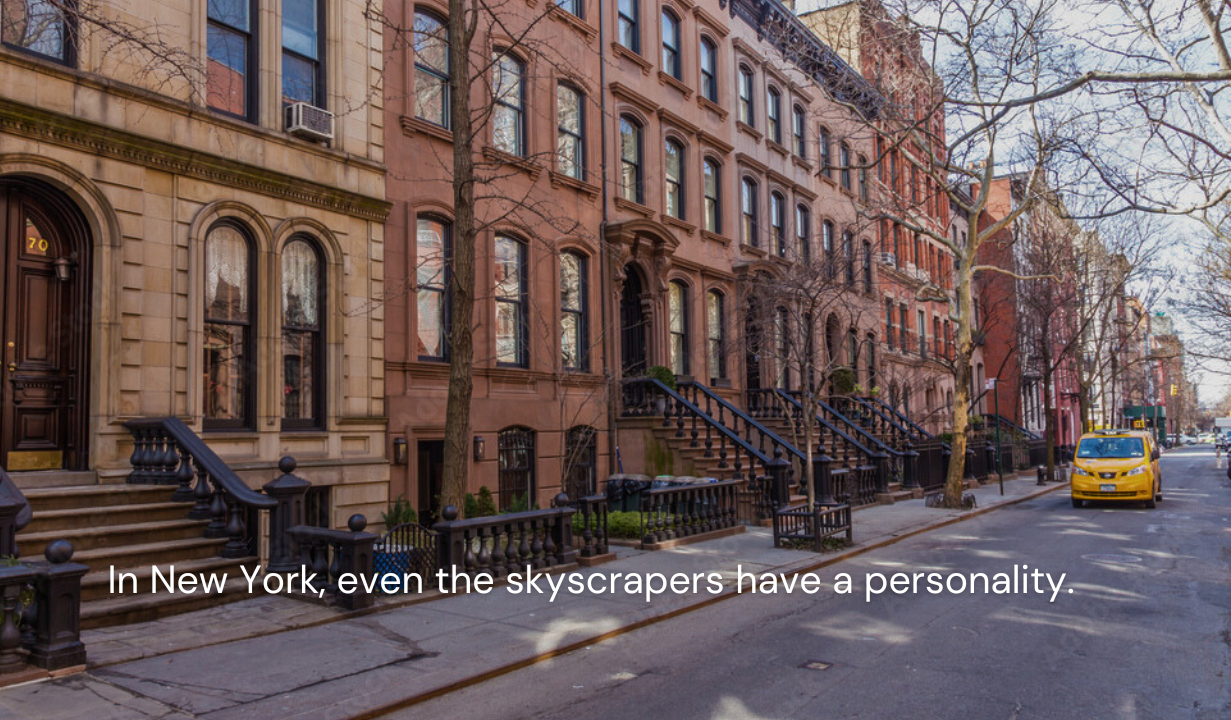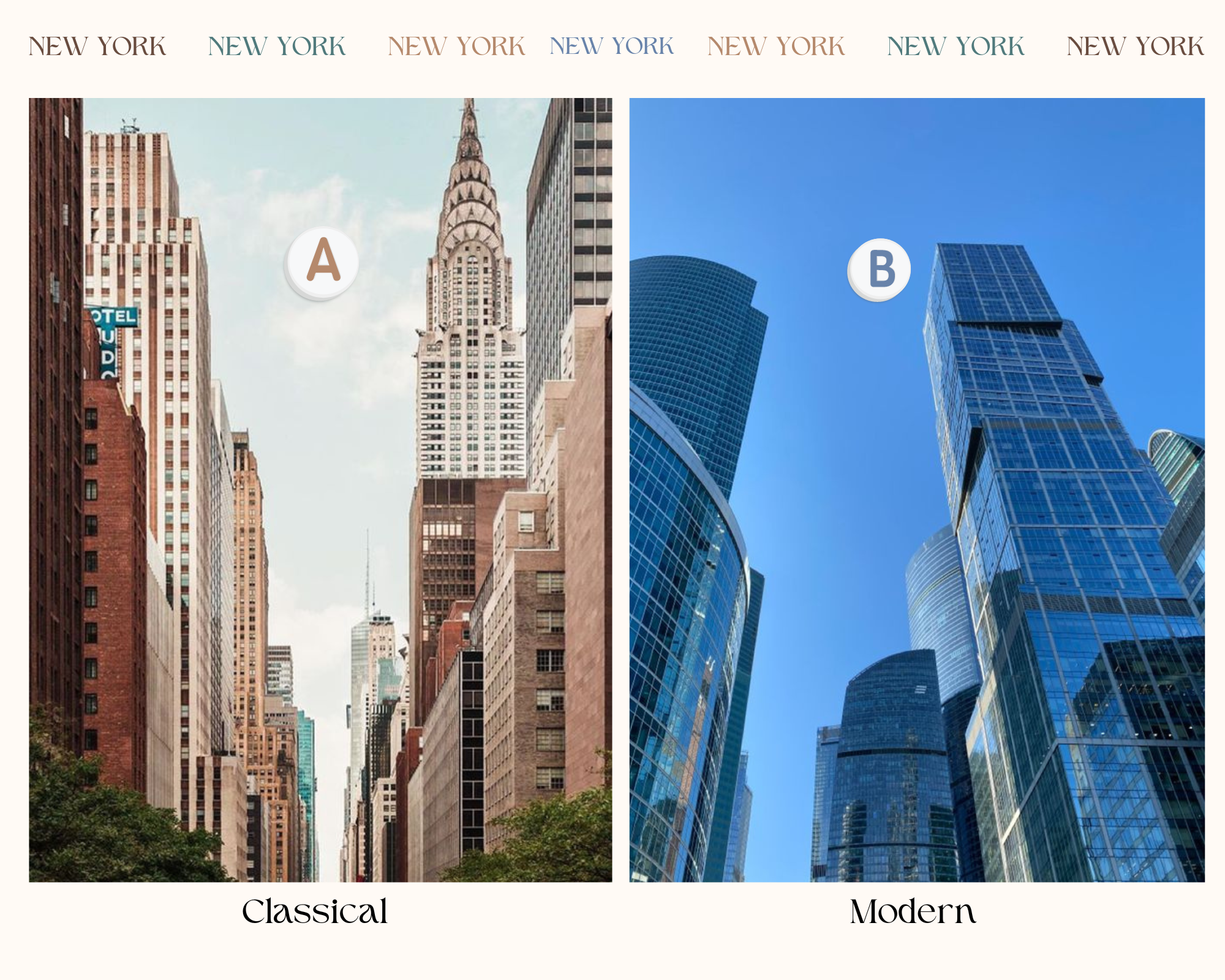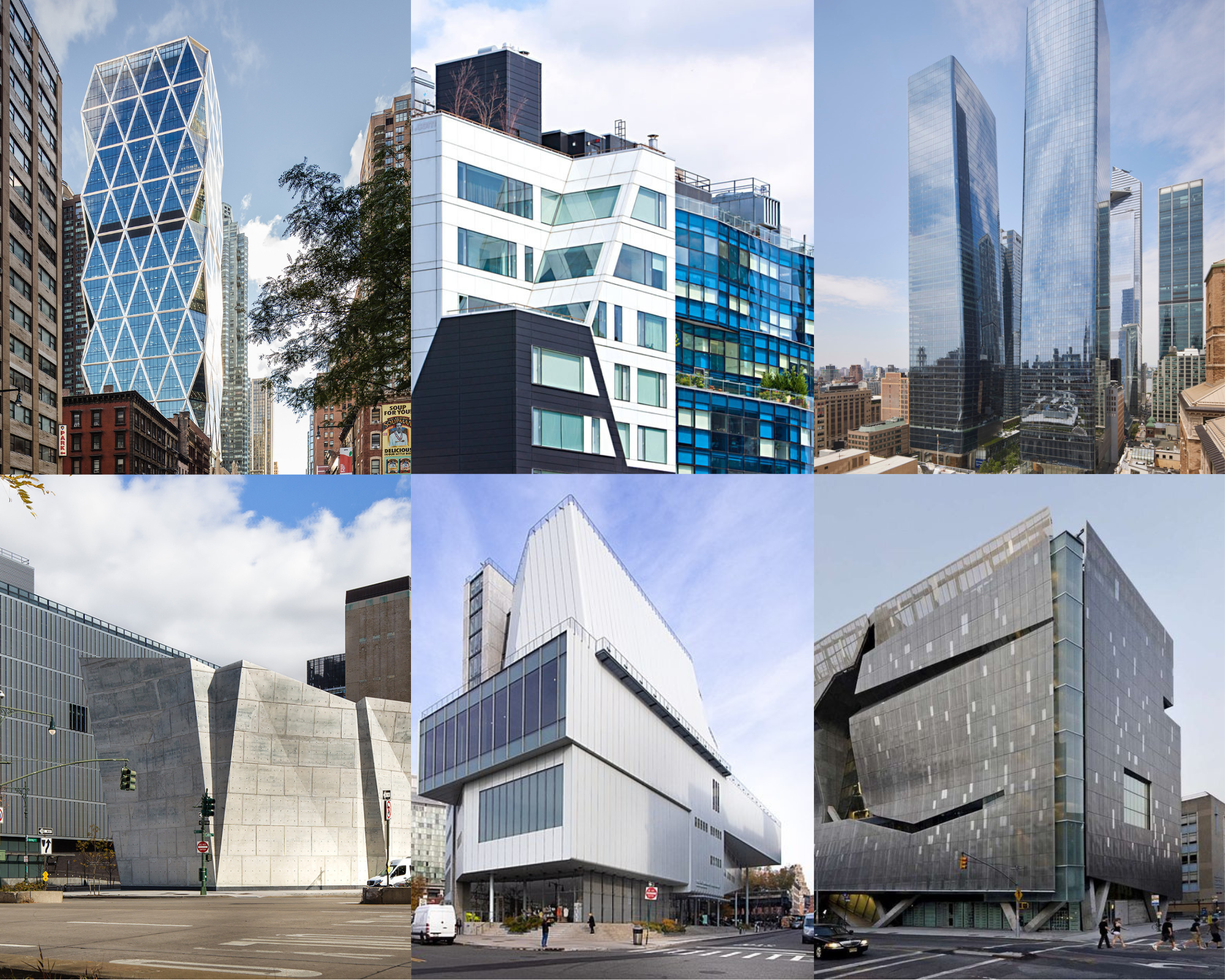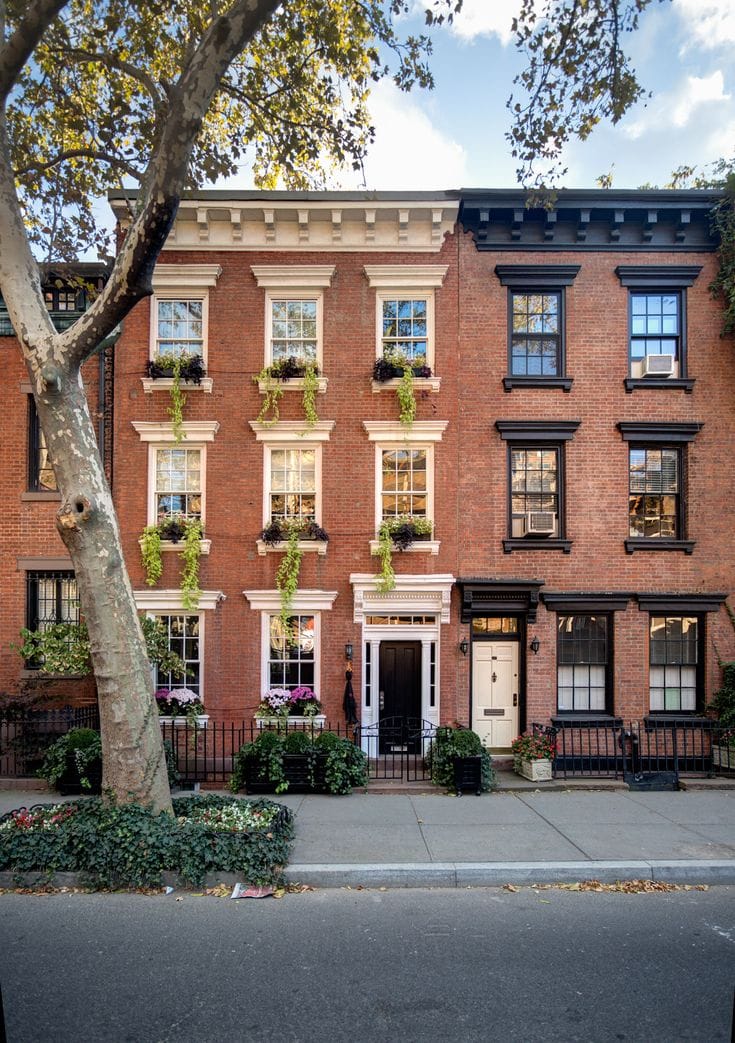What Makes New York City So Desirable.

New York's classical architecture reminds us of the timeless principles that have guided builders for centuries: proportion, balance, and harmony. It speaks to the power of tradition and the enduring beauty of good design. —Duncan Stroik
Jerry Seinfeld, young and hungry, lands his first apartment in Manhattan in 1976. The summer heat waves are brutal, and the streets reek of dog waste. No fancy doorman, no breathtaking views, and to top it all off, his car gets towed the very day he moves in.
Yet, against all odds, Jerry declares, 'This is the greatest place I've ever been!"
Now, there must be something truly amazing about New York for Jerry to feel that way, right?
Because how many of us can honestly say something like that with confidence about the city or town we live in?
Now, architecture is a language, and each region has its own unique architectural style along with a universal language. New York's classical architecture exemplifies this well—there's a specific architectural expression that defines New York, and then there's a shared global architectural language.
Let's see an example.

For the New Yorker's, Picture A definitely screams New York, but B could also be the case for some. To clarify that, let's see another example.

This is New York at its finest. A mix of red, brown and limestone buildings. And of course, the tall glassy skyscrapers behind. Now, what if we removed one of the two types? Let's say we removed all the classical buildings. What would be the architectural result?

Now let's remove all the glass buildings and see if New York continues to feel like itself.

You know, New York City's classical architecture is like a giant book of buildings, where each building has its own story that tells us about the past and the people who lived there, all while fitting well into the present. You'd agree that's one classic book, right?
The architects who built New York clearly had a vision for the future. When we look at these buildings, we see more than just walls and windows—we see the history and soul of New York City.
And even though the city often feels fast, restless, and chaotic, there's still an energy and beauty that makes it so liveable and aspirational. Here are a few reasons that explain why:
Historical Continuity:
- Classical buildings, like the Flatiron Building or the New York Public Library, connect us to the past and remind us of the city's rich history. This sense of continuity can create a feeling of rootedness and belonging.

Visual Harmony:
- Classical buildings feature proportion, symmetry, and ornamentation that impress the eye. Just as we dress to impress, we need to dress our buildings with the finest materials, elements, and proportionality. And the best part is, you only have to dress the building once, so make the best choices.
- When there is order and beauty, there is visual harmony. And when there is visual harmony, there is ease. Which naturally is inviting.
Cultural Significance:
- Classical buildings reflect important cultural and historical themes, like the Greek and Roman influences seen in many of New York's public buildings.
- This cultural significance adds depth and meaning to the cityscape, making it more than just a collection of buildings.
Aesthetic Consistency:
- Classical buildings often complement each other visually, much like a family where there's distinction yet similarity.
- This consistency can make people feel like they're part of a larger, interconnected place.

- Classical buildings, like the Flatiron Building or the New York Public Library, connect us to the past and remind us of the city's rich history. It's similar to not knowing your family roots versus having an understanding family tree; the latter makes you feel like you belong. Because you know where you come from.
- Similarly, this sense of continuity from classical buildings can create a feeling of rootedness and belonging, which helps you build a solid relationship with your city or town.
I think we can all agree that the city has an undeniable charm which should not be lost.
And for that, architects need to continuously learn and draw inspiration from what has worked, while others can begin by demanding similar standards.
One belongs to New York instantly, one belongs to it as much in five minutes as in five years. —Tom Wolfe, American author and journalist.
